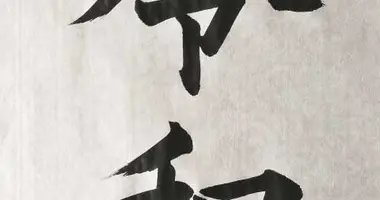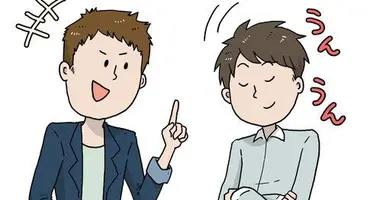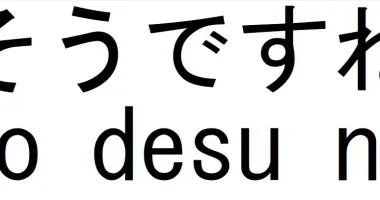Rare Japanese surnames: discover the least common surnames in Japan
- Published on : 24/05/2024
- by : Ph.L
- Youtube

Kanji sometimes have irregular pronunciations when they make up a surname
Pixabay
Japanese surnames are generally constructed from kanji related to places, features or plants. Yet some rare names break with this pattern, with unusual kanji combinations and surprising pronunciations. A Japanese linguist recently compiled a list of surnames borne by fewer than 100 people in Japan. Discover these most original Japanese surnames.
Japanese surnames: a recent history linked to geography
Unlike in the West, family names have only existed in Japan since the late 19th century. Before then, only the nobility and certain clans had hereditary names. With the Meiji Restoration in 1868, all Japanese were required to choose and register a family name. Many then opted for place names referring to their native region or village.
As a result, many Japanese surnames were constructed as geographical indications based on landscape elements (mountain, river, forest...), cardinal points or even numbers. For example, Yamamoto means "base of the mountain", Tanaka "in the middle of the rice fields". This reference to geography partly explains why there are fewer surnames in Japan than in Western countries.
Unusual combinations with number kanji
But there are also exceptions to these classic surname constructions. Linguist Takanobu Yukio has studied the rarest surnames borne by fewer than 100 people across the archipelago. Among them, a majority make original use of number kanji, normally reserved for male first names.
Some of these rare combinations give rise to totally atypical and unexpected pronunciations for these kanji. Here are just a few examples of these less common Japanese surnames, which are veritable linguistic curiosities:
"Ninomae", "Moarai", "Hitoshio": names formed with the kanji of 1
The kanji for the number 1 (一) is usually read as "ichi" and is used in many first names, such as Ichiro ("first son"). But used alone as a surname, it's pronounced "Ninomae", a contraction of "ni no mae" meaning "before 2".
Combined with the mouth kanji (口), the 1 gives the surname "Moarai". This rare name comes from a dialect pronunciation from the Kumamoto region , referring to a large population.
Finally, accompanied by the entry kanji (入), the 1 forms the name "Hitoshio", mostly found in Nagasaki and Hokkaido. The irregular pronunciation comes from the weaving looms and indicates the number of times a fabric is soaked in dye.
"Ichijiku", when the number 9 in kanji reads differently
The kanji for 9 (九) is normally read "kyū" or "ku". But in the family name, it's pronounced "Ichijiku", meaning "fig tree"! This reading is said to come from an expression used by doctors to comfort their patients: "illness is only a temporary problem". A phrase that paradoxically does not contain the kanji for 9.
"Tsunashi", the number 10 transformed into a surname
We find the same kind of unexpected pronunciation with the surname "Tsunashi", which nevertheless uses the kanji for 10 (十). The readings "tsu" or "nashi" would come from a local way of counting objects. Today, this family name is mainly found in Kanagawa prefecture.

Kanji numbers from 1 to 10
Ph.L
"Kuni", a village that gives its name to a clan
Another of the rarest surnames is "Kuni", which literally means "country". It is said to be historically linked to a village in the Gunma region called "Rokugo", which can be translated as "Meeting of the 6 domains". Paradoxically, however, it's in Kumamoto, much further south, that this surname is most widespread today!

Kumamoto Castle
Wikimedia
"Matsushime", a lucky family name
Let's finish with the name "Matsushime" (松七五三), found mainly on the island of Hokkaido. It combines the pine kanji (松) with its usual reading, and the number sequence 7-5-3 (七五三), which here is read totally irregularly as "shime". This association would have been chosen purely for good luck! A sense of good fortune also found in the traditional festival for children aged 7, 5 and 3 called Shichi-go-san.
These rare Japanese surnames illustrate the inventiveness and linguistic diversity that sometimes lie behind kanji. A far cry from conventional surname constructions, they invite us to take another look at these ideograms and their unsuspected possibilities!









